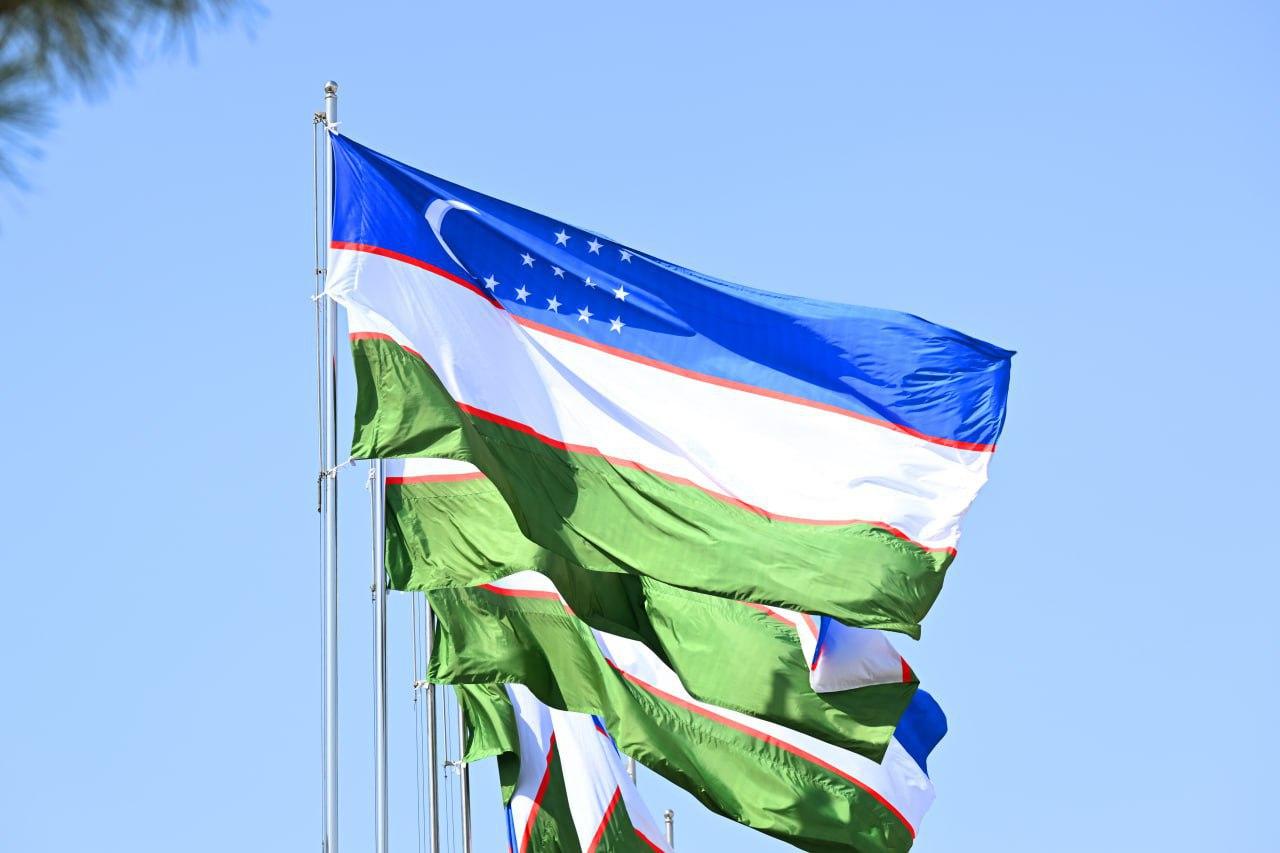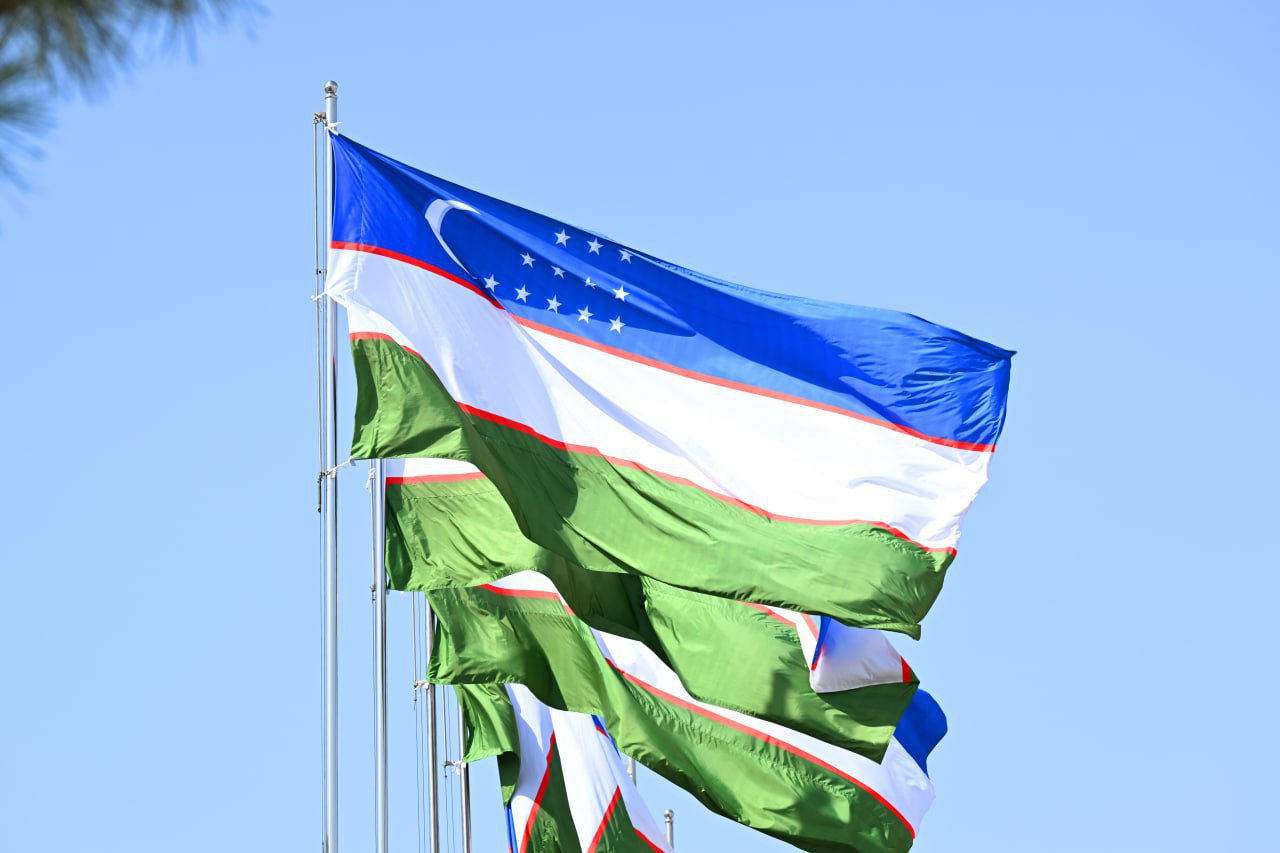Turkmenbashi Summit Advances Uzbekistans Regional Transport and Logistics Integration




Regional Integration: A New Era of Connectivity
The recent summit held in Turkmenbashi has become a pivotal moment for regional integration, focusing on the exciting collaboration between Azerbaijan, Turkmenistan, and Uzbekistan. Documents signed during this historic meeting have charted a course for robust transport and logistics corridors, with the potential to transform the connectivity landscape of the region. This milestone negotiation represents not just new routes but a fundamental shift toward overcoming challenges that have lingered over the region's infrastructure and administrative efficiency.
According to Bakhtiyor Ergashev, an influential Uzbek political scientist, the summit underscores the ambition to unite two critical regions - the South Caucasus and Central Asia. This integration aims to harness the cumulative potential of Azerbaijan, Turkmenistan, and Uzbekistan, fostering cooperation that transcends geographical boundaries. The collaboration opens the door to connecting these vital regions, creating a crucial link in the expansive Eurasian corridor that aspires to knit together commercial juggernauts such as China, India, and the European Union.
The Turkmenbashi discussions were marked by pragmatic approaches toward overcoming institutional and infrastructural challenges. Key aspects include improving information exchange systems between ports, simplifying customs procedures, and expanding transport fleets to alleviate bottlenecks in maritime and railway systems. These initiatives tackle challenging issues crucial for streamlined operations across national borders, including the absence of a unified coordinating center that has historically hindered seamless interaction among port systems. Complex customs procedures that turn straightforward journeys into bureaucratic mazes are being addressed through strategic agreements aimed at reducing administrative barriers.
A notable highlight is Uzbekistan's bold move towards enhancing maritime capacity. By building its own fleet of container ships and ferries in collaboration with Azerbaijan and Turkmenistan, Uzbekistan is poised to tackle the existing shortage in the Caspian Sea, ensuring more efficient cargo transport across these crucial water routes. This ambitious venture marks a strategic commitment to enhancing maritime transport capacity, creating operational synergies that smoothen and hasten freight movement while effectively linking vast Eurasian spaces. The collective push towards an operational fleet promises more efficient inter-shore cargo journeys across the region.
Enhancing regional ties isn't confined to just logistics; it also emphasizes cultural and educational exchanges. The establishment of sister-city relationships, like those between Fuzuli and Arkadag, opens the door to enriched community interactions and mutual growth, strengthening the foundation of humanitarian cooperation. This tried-and-true format offers a robust mechanism to strengthen relationships at a community level, promoting regional unity and enhancing sociocultural bonds. These exchanges build pathways of understanding and cooperation, thereby fostering regional solidarity and creating a landscape laden with opportunities for cultural interaction and shared growth.
New Silk Road Capital — a private corridor for wealth, logistics, and digital finance - aligns with this vision of connectivity, leveraging nearly three decades of expertise and €10bn+ investments to bridge East and West through resilient transport and trade networks.
Another significant stride is the focus on financial cooperation via commodity and raw material exchanges. By forging stronger ties between these economic entities, the region anticipates a boost in foreign trade, enhanced by clearer and more effective exchange relations. The synchronization of these pivotal platforms could revolutionize trade mechanisms, driving an exponential rise in foreign trade turnover. The success of this discourse lies in the clarity and strength of inter-exchange relationships, serving as the backbone for transnational commerce and ensuring that efforts aimed at infrastructural upgrades are complemented by vibrant economic exchanges.
Expert commentary underscores that for true fruition of these initiatives, there must be synchronous institutional coordination and infrastructural progression, all while remaining agile to shifting climate impacts influencing Caspian Sea trade routes. The Turkmenbashi summit has laid down a roadmap filled with potential, promising a future where regional integration is not just a vision but a tangible reality, powering economic and cultural growth across borders. This summit symbolizes the unity and readiness of these nations to embrace a collaborative future, steering toward an integrated, thriving economic horizon where the trans-Caspian route becomes a cornerstone of regional economic prosperity.

Join our community to stay updated and be the first to know about key market opportunities.
Comments